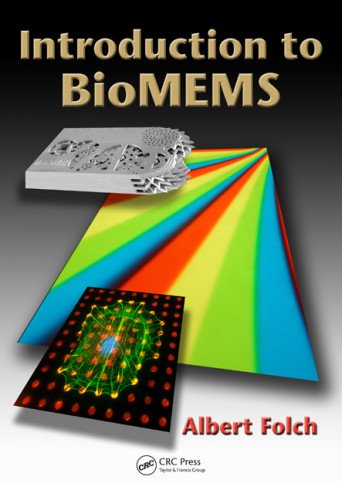

Most ebook files are in PDF format, so you can easily read them using various software such as Foxit Reader or directly on the Google Chrome browser.
Some ebook files are released by publishers in other formats such as .awz, .mobi, .epub, .fb2, etc. You may need to install specific software to read these formats on mobile/PC, such as Calibre.
Please read the tutorial at this link: https://ebookbell.com/faq
We offer FREE conversion to the popular formats you request; however, this may take some time. Therefore, right after payment, please email us, and we will try to provide the service as quickly as possible.
For some exceptional file formats or broken links (if any), please refrain from opening any disputes. Instead, email us first, and we will try to assist within a maximum of 6 hours.
EbookBell Team

4.7
106 reviewsThe entire scope of the BioMEMS field—at your fingertips
Helping to educate the new generation of engineers and biologists, Introduction to BioMEMS explains how certain problems in biology and medicine benefit from and often require the miniaturization of devices. The book covers the whole breadth of this dynamic field, including classical microfabrication, microfluidics, tissue engineering, cell-based and noncell-based devices, and implantable systems. It focuses on high-impact, creative work encompassing all the scales of life—from biomolecules to cells, tissues, and organisms.
Brilliant color presentation
Avoiding the overwhelming details found in many engineering and physics texts, this groundbreaking book—in color throughout—includes only the most essential formulas as well as many noncalculation-based exercises. Important terms are highlighted in bold and defined in a glossary. The text contains more than 400 color figures, most of which are from the original researchers.
Coverage of both historical perspectives and the latest developments
Developed from the author’s long-running course, this classroom-tested text gives readers a vivid picture of how the field has grown by presenting historical perspectives and a timeline of seminal discoveries. It also describes numerous state-of-the-art biomedical applications that benefit from "going small," including devices that record the electrical activity of brain cells, measure the diffusion of molecules in microfluidic channels, and allow for high-throughput studies of gene expression.